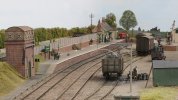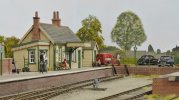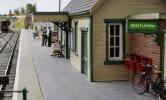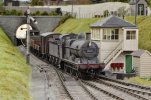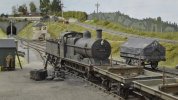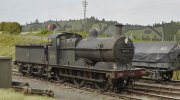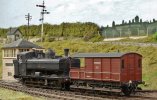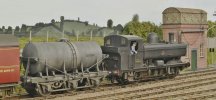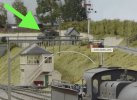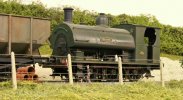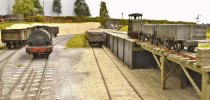Quintus
Western Thunderer
Firstly, let me apologise to all those of a GWR persuasion, for although Melcombe Magna has a goodly share of Ex GW locos and stock, it was (in my imagination), the terminus of a branch of the S&D.
However, a branch was also built to here from the GW (Somerset Wilts and Weymouth line) to a seperate terminus nearby.
In 1940 a connecting line was built to allow the products of the lime and cement works at the S&D station to be transported to Portland harbour for the war effort.
Consequently the GW station was closed to passengers, with trains from Weymouth running into the Ex S&D station.
Nowadays the Western Region has control of both branches, although the station buildings still wear their SR livery
So, having made my excuses, I will start this thread with a map of these imaginary branch lines and a photo of a 14XX on the daily pick up goods from Weymouth.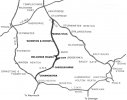
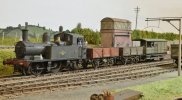
However, a branch was also built to here from the GW (Somerset Wilts and Weymouth line) to a seperate terminus nearby.
In 1940 a connecting line was built to allow the products of the lime and cement works at the S&D station to be transported to Portland harbour for the war effort.
Consequently the GW station was closed to passengers, with trains from Weymouth running into the Ex S&D station.
Nowadays the Western Region has control of both branches, although the station buildings still wear their SR livery
So, having made my excuses, I will start this thread with a map of these imaginary branch lines and a photo of a 14XX on the daily pick up goods from Weymouth.




